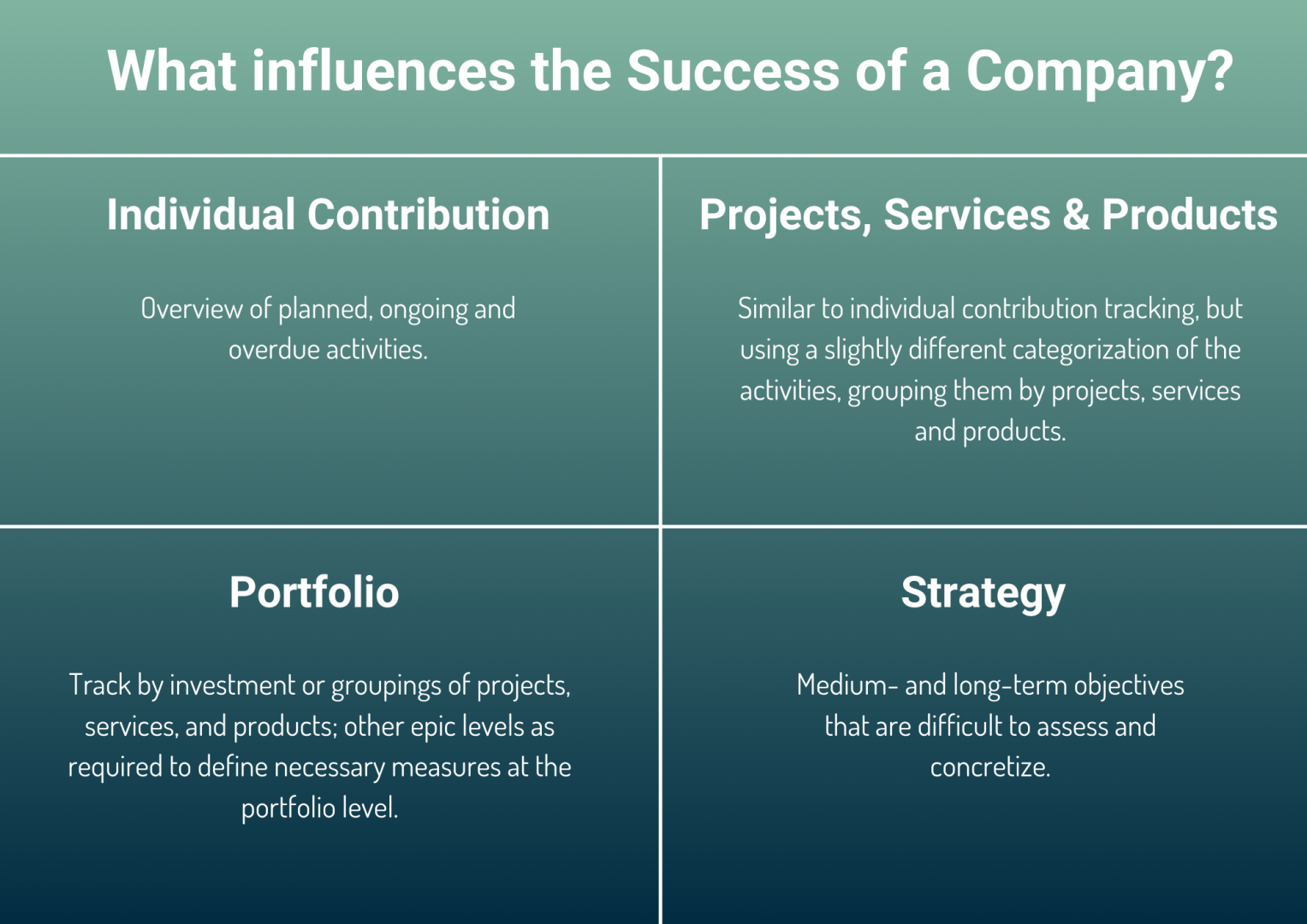Promising AI use cases in Resource Management - Part 1.
Generative AI has moved surprisingly quickly from research to practice. We are still in the process of identifying the best use cases for this new technology. But it is already clear that no area will be left untouched.
In the first part of this blog series, we will look at:
- How can artificial intelligence contribute to a truly agile organization and beyond that, an entirely new type of organization?
- What is a realistic expectation for the use of AI in Resource Management?
- What AI use cases make sense in Resource Management?
- Why is data management critical to the successful use of AI?
Agile Resource Management as an economic Success Factor
Resource Management encompasses a wide range of resources, yet in most industries, the human factor determines a company's success. At the same time, human resources are the most difficult to manage and optimize. When a few decision-makers decide about the use of resources, including people and their activities, the overall outcome is highly dependent on those managers' experience, preferences, and individual talents.
The transformation to an agile organization represents a profound paradigm shift: when people are empowered to make decisions in their areas of expertise, many people contribute their expertise to the company's progress, not just a few. It is not the management method critical to success but rather a functioning structure fostering innovation.
However, even an agile organization needs to be tracked and strategically developed. However, software with mathematical models that calculate the best use of resources can only achieve this goal in theory. The factors that must be considered for a working model are too diverse and fluctuating. Above all, there is currently a lack of data representing everything that makes up a company's day-to-day operations. There is no bridge between quantified operational activities and strategic decision criteria and vice versa. Generative AI could solve this data bottleneck in the future and make the agile organization the status quo.
AI Uses Cases in Resource Management
In the first part of this blog series, we look at what data can be automatically collected, generated, and processed at the individual level using generative AI to take Resource Management to the next level.

Individual Contribution
Three factors significantly influence individual contribution:
- The activities that individual employees must perform.
- The skills and personal attitudes they bring to specific tasks.
- From which person or organization do the activities originate.
Unified Backlog
Good personal, process-oriented, and tool-supported time management helps to find the right balance at work and thus achieve high, qualitative performance. However, traditional software support still has its limitations. This is because all necessary activities can rarely be accessed centrally. Several different calendars are often used to manage tasks and are rarely managed in a complete and traceable way.
While traditional systems can bring these data sources together, they require a relatively high level of manual effort on the part of employees to produce meaningful results for management. In the future, AI could help correctly link activities to calendar entries and to-do lists and more accurately map the content of time records. This would lay the foundation for AI to provide individualized, optimized task management recommendations through coaching.
Prioritization
Middle management is responsible for prioritizing at operational level. Our thesis is that with the growth of artificial intelligence, middle management in its current form will become obsolete in the future. This may sound radical, but if operations and strategy can be quantified and tracked in real-time, artificial intelligence will be better able to optimize resources collectively.
Task Generation
In the future, AI could also help identify and define tasks. This will become helpful when it also matches the tasks with the appropriate skills of the employees. Today, in the best-case scenario, employees' skills are recorded in a structured way when they join the company. However, it is impossible to maintain their skill development throughout their career within the company. AI could also recognize employees' underlying skills and abilities through automated task documentation and help ensure that individual skills and preferences are considered across teams when performing operational tasks. This would lead to greater motivation and a new, fluid, resource-optimized form of organization.
Generative AI: Adding Value to the New Work
These use cases demonstrate that generative AI can support humans by starting where the manual data maintenance effort is too high. This is because the potential of artificial intelligence initially depends on the available database, which can be used to train the system continuously.
In the second part of our blog series, we will look at the specific use cases for AI at the other levels of the enterprise and how this will enable us to link the operational and strategic levels even more closely in the future.
Caught your attention?
Curious about this topic? Watch our webinar hosted by the Projektmagazin: